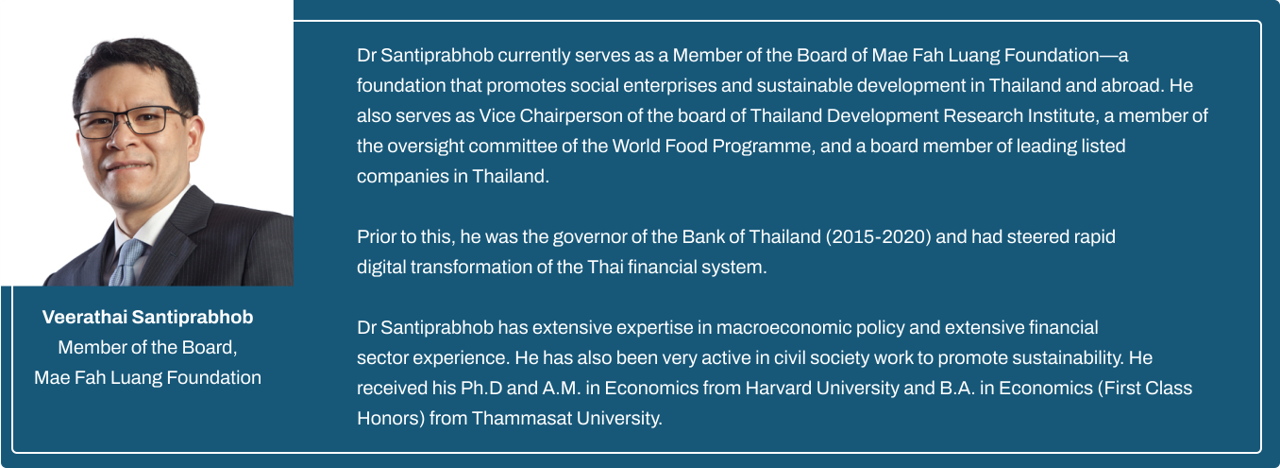The adoption of ESG within Asian communities and economies has been steadily gaining traction over the last couple of years. The growing awareness of ESG in Asia has resulted in numerous family offices with a focus on financing ESG-linked activities being set up in this region. What makes Asia interesting and challenging for ESG investors is its heterogeneity. The diverse nature of fund markets in various parts of Asia can be attributed to this. It is not entirely surprising that China has become the second-largest green bond issuing nation after the United States of America. Being the largest emitter of carbon in the world, the Bank of China’s decision to reverse its decision to categorise coal pollution mitigation enterprises as green assets is a step in the right direction which eradicates the possibility of clean coal projects for green financing.
Catalysts of ESG adoption in Asia
Regulation has been a key driver for the heightened awareness and interest in the ESG space within Asia. Exchanges are including more ESG stewardship codes and principles in their listing and reporting requirements. Listed companies are also required to assess their climate and broader ESG-related risk and propose mitigation measures as part of their annual disclosure. More importantly, we have also witnessed the fermentation of transnational collaboration in the form of multi-stakeholder forums and associations of financial institutions. The Asia Sustainable Finance Initiative (ASFI) which was incubated by the World Wildlife Fund (WWF) Singapore is one such example. Other examples include the Sustainable Finance Institute Asia (SFIA), which is an independent institute that aims to influence policy making to catalyse ideas around sustainable finance.
Besides regulation, institutional investors are accelerating the ESG conversation in Asia. Over the years, we have seen more investors from Europe and the US channelling capital and parking funds and making investments in Asian markets. By doing so, they are also channelling their knowledge around ESG principled investment into Asian markets. This flight of knowledge has built capacity and capabilities among Asian institutional investors over the last couple of years, resulting in more of them allocating assets to ESG issues and setting principles around ESG investment. In tandem, we are also increasingly witnessing the greater scrutiny placed on conducting due diligence on ESG funds.
Establishing the Asian brand of ESG
![shutterstock_561308047_1[1].jpg](/images/digitalhublibraries/articles-categories/13ce9b47-c404-4c3a-9340-59421fa3e6af.jpg?sfvrsn=dd64b5ad_2)
Asian institutional investors are beginning to tap more on ESG analytics and consultancy reports to understand whether their investments truly support ESG causes that they champion or advocate for. This has contributed towards an ecosystem within Asia where service provision around ESG due diligence and analytics has taken root. While methodologies around ESG risk assessment have yet to attain full formalisation, the journey within Asia has started. Asset owners and managers are aligning their investments around international standards, frameworks and principles. Some examples include the United Nations (UN) Principles for Responsible Investments (PRIs) and the International Finance Corporation’s (IFC) performance standards around environmental and social risks. While these are steps in the right direction, it could possibly lay the foundations for a more contextual ESG stewardship framework that takes into account the specific environmental and social nuances of Asia.
The last couple of years have also witnessed a talent flight from other parts of the world into Asia to set up family offices and ESG stewardship teams within financial institutions and institutional investors. More is to come as Asia ramps up its ESG knowledge gap to attain parity with its Western counterparts. Education institutions are also playing their part in these. Asian schools have realised the knowledge vacuum and are establishing curriculum to plug the gap. An example of this is the recently launched Master’s in Sustainable and Green Finance offered by the National University of Singapore’s (NUS) Business School. This will lay the foundations for more educational institutions to foster the net wave of talent to drive ESG stewardship in Asia.
Doing it right
The momentum around ESG stewardship is clearly evident and can only be expected to accelerate over the coming years. An ESG stewardship ecosystem is slowly falling into place and will evolve over time with regulatory pressure and investor sentiment playing decisive roles in its evolution. Good ESG stewardship will require a sound understanding of Asian cultural nuances and the relevant types of investment required for a sustainable future. The Asian ESG landscape will also have to take strong steps to prevent greenwashing within assets that are labelled as ESG products.
The rush of ESG capital flight into Asia and flurry of ESG activities around it should not diminish and cloud the need for the procedural due diligence to weed out assets that have shades or tinges of greenwashing. The Asian ESG ecosystem has a fundamental role to ensure integrity of its assets and transparent disclosures around ESG claims and labels placed on assets. Impact measurement and communication is an area that the ESG stewardship community should also work collectively to address to build credibility amongst stakeholders.
Posted 01/02/2023
















